Home>Maintenance & Safety>Child & Elderly Safety at Home>What Does Toco Mean On A Baby Monitor


Child & Elderly Safety at Home
What Does Toco Mean On A Baby Monitor
Modified: August 16, 2024
Learn the significance of "toco" on a baby monitor and its role in ensuring child and elderly safety at home. Explore how this feature enhances peace of mind for caregivers.
(Many of the links in this article redirect to a specific reviewed product. Your purchase of these products through affiliate links helps to generate commission for Storables.com, at no extra cost. Learn more)
Introduction
Welcome to the world of modern parenting, where technology plays a vital role in ensuring the safety and well-being of our little ones. As a parent, your child’s safety is a top priority, and advancements in baby monitoring technology have provided invaluable peace of mind. One such advancement is the integration of Toco monitoring into baby monitors, a feature that has revolutionized the way parents can keep an eye on their baby’s health and comfort.
Understanding the significance of Toco monitoring and its implications for your child’s safety is crucial in navigating the complex landscape of baby care technology. In this article, we will delve into the meaning of Toco on a baby monitor, its importance, and how it works. By the end, you will have a comprehensive understanding of Toco monitoring and its role in ensuring the well-being of your little one.
Key Takeaways:
- Toco monitoring on baby monitors helps parents and doctors keep an eye on the health of unborn babies by tracking contractions, ensuring a safer and more informed childbirth experience.
- Toco monitoring empowers parents with real-time insights into the labor process, fostering a sense of reassurance and proactive care, ultimately enhancing the well-being of both the mother and the baby.
Read more: What Does “LL” Mean On A Baby Monitor
Understanding Toco on a Baby Monitor
Before diving into the specifics of Toco monitoring, it’s essential to grasp the fundamental concept behind this technology. Toco, short for “tocodynamometry,” refers to the measurement of uterine contractions during pregnancy. In the context of a baby monitor, Toco monitoring involves the assessment of a baby’s movements and positioning within the womb.
When integrated into a baby monitor, Toco monitoring provides real-time data on the frequency and intensity of a pregnant woman’s contractions, offering valuable insights into the well-being of both the mother and the unborn child. This innovative feature allows expectant parents to monitor the progression of labor and detect any anomalies that may require medical attention.
Understanding Toco on a baby monitor entails recognizing its dual purpose: to ensure the safety of the unborn child and to provide expectant parents with a comprehensive view of the labor process. By harnessing this technology, parents can gain a deeper understanding of the intricate dynamics at play during pregnancy and labor, fostering a sense of empowerment and reassurance.
As we explore the intricacies of Toco monitoring, it’s important to acknowledge the profound impact it has had on prenatal care, equipping parents and healthcare professionals with invaluable tools to safeguard the health and well-being of both the mother and the baby.
Importance of Toco Monitoring
The integration of Toco monitoring into baby monitors holds immense significance in the realm of prenatal care and infant safety. This innovative technology serves as a crucial tool for expectant parents and healthcare providers, offering real-time insights into the progression of labor and the well-being of the unborn child.
One of the primary reasons Toco monitoring is of paramount importance lies in its ability to detect and monitor uterine contractions. By accurately measuring the frequency and intensity of contractions, Toco monitoring enables healthcare professionals to assess the progress of labor and identify any irregular patterns that may necessitate intervention. This proactive approach to monitoring contractions can lead to timely medical interventions, thereby mitigating potential risks and ensuring the safety of both the mother and the baby.
Moreover, Toco monitoring plays a pivotal role in enhancing maternal-fetal bonding by providing expectant parents with a window into the intricate dynamics of labor. The real-time data and insights offered by Toco monitoring empower parents to actively participate in the monitoring process, fostering a sense of connection and understanding during this transformative phase of their lives.
Furthermore, Toco monitoring contributes to the overall safety of the unborn child by alerting healthcare providers to any deviations from normal contraction patterns. This early detection can facilitate timely interventions, such as adjusting the mother’s positioning, administering appropriate medications, or, if necessary, preparing for a cesarean delivery. By facilitating prompt and informed decision-making, Toco monitoring plays a pivotal role in optimizing maternal and fetal outcomes.
Additionally, the integration of Toco monitoring into baby monitors extends beyond the labor process, offering expectant parents a heightened sense of reassurance and control throughout the pregnancy journey. The ability to monitor uterine contractions in real time provides a layer of proactive care, enabling parents to promptly seek medical attention if any concerning patterns emerge, thereby promoting a proactive approach to prenatal health.
In essence, the importance of Toco monitoring cannot be overstated, as it stands as a cornerstone of modern prenatal care, empowering parents with vital insights and contributing to the safety, well-being, and positive birth experiences of both the mother and the baby.
Toco on a baby monitor stands for “tocodynamometer,” which measures uterine contractions during labor. It’s important for monitoring the progress of labor and the well-being of the baby.
How Toco Monitoring Works
Understanding the mechanics of Toco monitoring is essential in appreciating its role in ensuring the safety and well-being of both the mother and the unborn child. Toco monitoring operates by utilizing a tocodynamometer, a device that measures uterine contractions by detecting changes in pressure on the mother’s abdomen.
When integrated into a baby monitor, the tocodynamometer is typically placed on the mother’s abdomen, where it accurately records the frequency and intensity of uterine contractions. This data is then transmitted to the baby monitor’s display unit, providing real-time insights into the patterns of contractions.
The tocodynamometer functions by sensing the tension in the mother’s abdominal wall, which increases during a uterine contraction. This increase in tension is translated into electrical signals, which are then processed and displayed as a graphical representation of the contractions on the monitor’s screen. This visual representation allows expectant parents and healthcare providers to observe the frequency, duration, and intensity of contractions, enabling them to monitor the progression of labor and assess the well-being of the unborn child.
Moreover, advancements in Toco monitoring technology have facilitated wireless connectivity, allowing for seamless data transmission between the tocodynamometer and the monitor’s display unit. This wireless functionality enhances the mobility and comfort of expectant mothers, enabling them to move freely during labor while ensuring continuous monitoring of uterine contractions.
Furthermore, some modern baby monitors equipped with Toco monitoring feature customizable alerts that notify healthcare providers and parents of any irregularities in contraction patterns. These alerts serve as proactive indicators, prompting timely interventions and enhancing the overall safety and care provided during labor.
By harnessing the principles of Toco monitoring, expectant parents and healthcare professionals gain access to a wealth of real-time data that facilitates informed decision-making and proactive management of labor. This technology serves as a vital tool in optimizing maternal and fetal outcomes, contributing to a safer and more empowered birthing experience.
Interpreting Toco Patterns
Interpreting Toco patterns is a critical aspect of utilizing Toco monitoring to ensure the safety and well-being of both the mother and the unborn child. By understanding the nuances of Toco patterns, expectant parents and healthcare providers can glean valuable insights into the progression of labor and make informed decisions regarding the management of uterine contractions.
One of the key elements in interpreting Toco patterns is assessing the frequency of contractions. Normal labor is characterized by regular, rhythmic contractions, with a typical frequency of approximately three to five contractions per ten minutes during the active phase of labor. Monitoring the frequency of contractions enables healthcare providers to gauge the progression of labor and identify any deviations from the expected pattern.
Another crucial aspect of interpreting Toco patterns is evaluating the intensity of contractions. The intensity of uterine contractions provides valuable information about the strength of labor and the efficiency of the uterine muscles. By observing the intensity of contractions, healthcare providers can assess the effectiveness of labor and make informed decisions regarding pain management and potential interventions.
Furthermore, the duration of contractions plays a significant role in interpreting Toco patterns. Normal labor contractions typically last around 40 to 60 seconds, with a gradual increase in duration as labor progresses. Monitoring the duration of contractions allows healthcare providers to assess the dynamics of labor and identify any irregularities that may require attention.
Interpreting Toco patterns also involves recognizing the presence of resting tones, which indicate intervals between contractions. These resting tones provide essential information about the uterine muscle’s ability to relax between contractions, contributing to the overall efficiency of labor and the well-being of the unborn child.
Moreover, Toco patterns may exhibit accelerations or decelerations, reflecting variations in the intensity and frequency of contractions. These patterns can offer valuable insights into the response of the unborn child to uterine activity, guiding healthcare providers in assessing fetal well-being and making informed decisions regarding the management of labor.
By comprehensively interpreting Toco patterns, expectant parents and healthcare providers can gain a deeper understanding of the labor process, enabling them to respond proactively to any deviations from normal patterns and optimize the safety and well-being of both the mother and the baby.
Read more: What Does A Baby Monitor Do
Conclusion
As we conclude our exploration of Toco monitoring on baby monitors, it becomes evident that this innovative technology plays a pivotal role in safeguarding the health and well-being of both expectant mothers and unborn children. The integration of Toco monitoring into baby monitors has revolutionized the landscape of prenatal care, empowering parents and healthcare providers with real-time insights into the dynamics of labor and the progression of contractions.
By understanding the significance of Toco monitoring, parents are equipped with a heightened sense of reassurance and proactive engagement in the monitoring process. This technology transcends traditional baby monitoring, offering a comprehensive view of the labor process and enabling expectant parents to actively participate in ensuring the safety of their unborn child.
Moreover, Toco monitoring serves as a vital tool for healthcare providers, facilitating informed decision-making and proactive management of labor. The real-time data and insights provided by Toco monitoring enable healthcare professionals to detect irregularities in contraction patterns, respond promptly to deviations from normalcy, and optimize maternal and fetal outcomes.
Furthermore, the seamless integration of Toco monitoring into baby monitors enhances the overall birthing experience, fostering a sense of empowerment, connection, and proactive care throughout the labor process. This technology embodies the intersection of cutting-edge innovation and compassionate care, redefining the standards of prenatal monitoring and parental involvement.
In essence, Toco monitoring on baby monitors represents a paradigm shift in prenatal care, symbolizing the fusion of advanced technology and the innate desire to ensure the safety and well-being of our little ones. As we embrace the possibilities offered by Toco monitoring, we embark on a journey towards safer, more informed, and empowered childbirth experiences, where the health and comfort of both the mother and the baby take center stage.
Ultimately, Toco monitoring stands as a testament to the remarkable advancements in baby care technology, enriching the journey of parenthood with invaluable tools to nurture, protect, and cherish the precious moments leading up to the miracle of birth.
Frequently Asked Questions about What Does Toco Mean On A Baby Monitor
Was this page helpful?
At Storables.com, we guarantee accurate and reliable information. Our content, validated by Expert Board Contributors, is crafted following stringent Editorial Policies. We're committed to providing you with well-researched, expert-backed insights for all your informational needs.
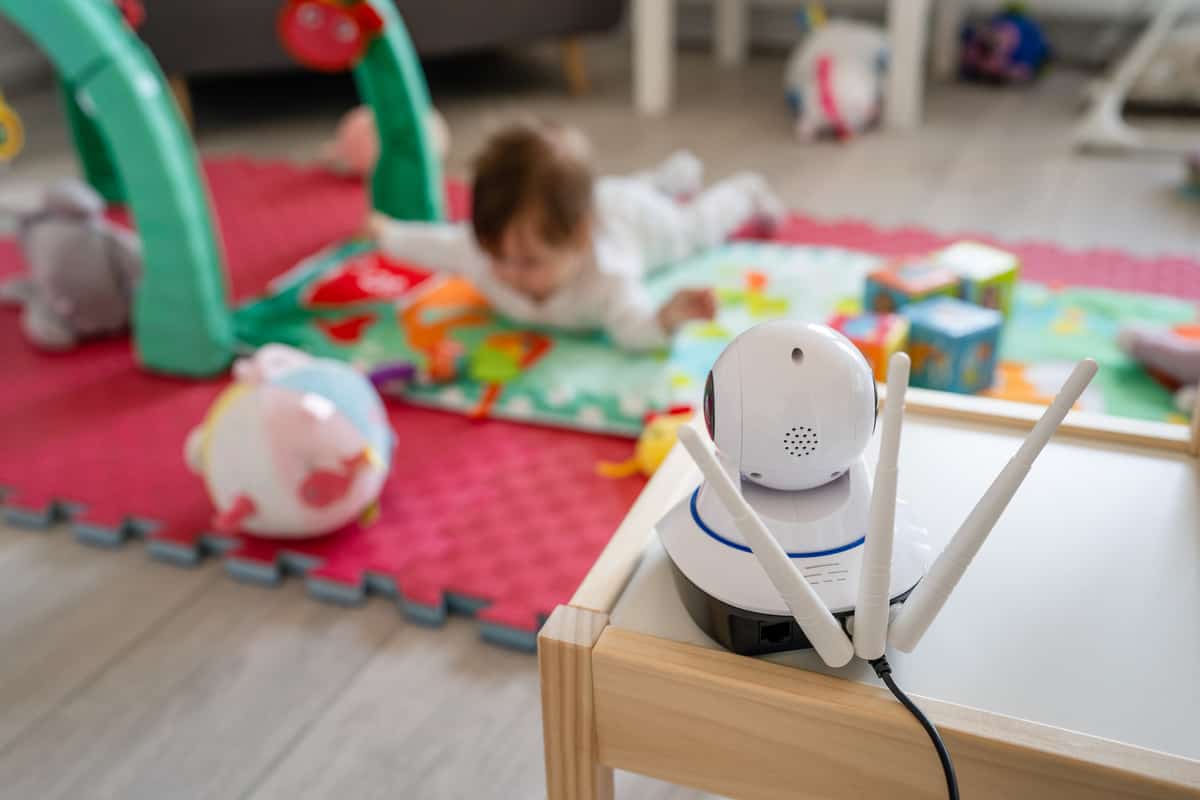
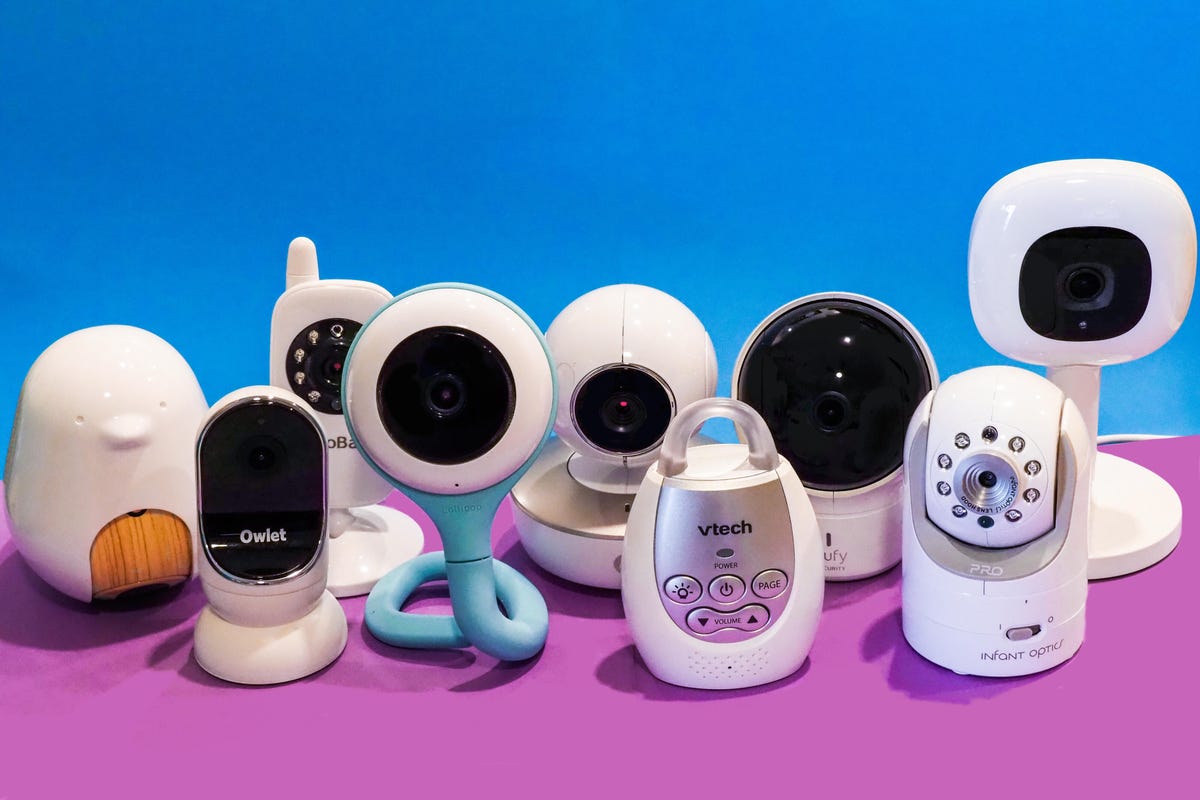
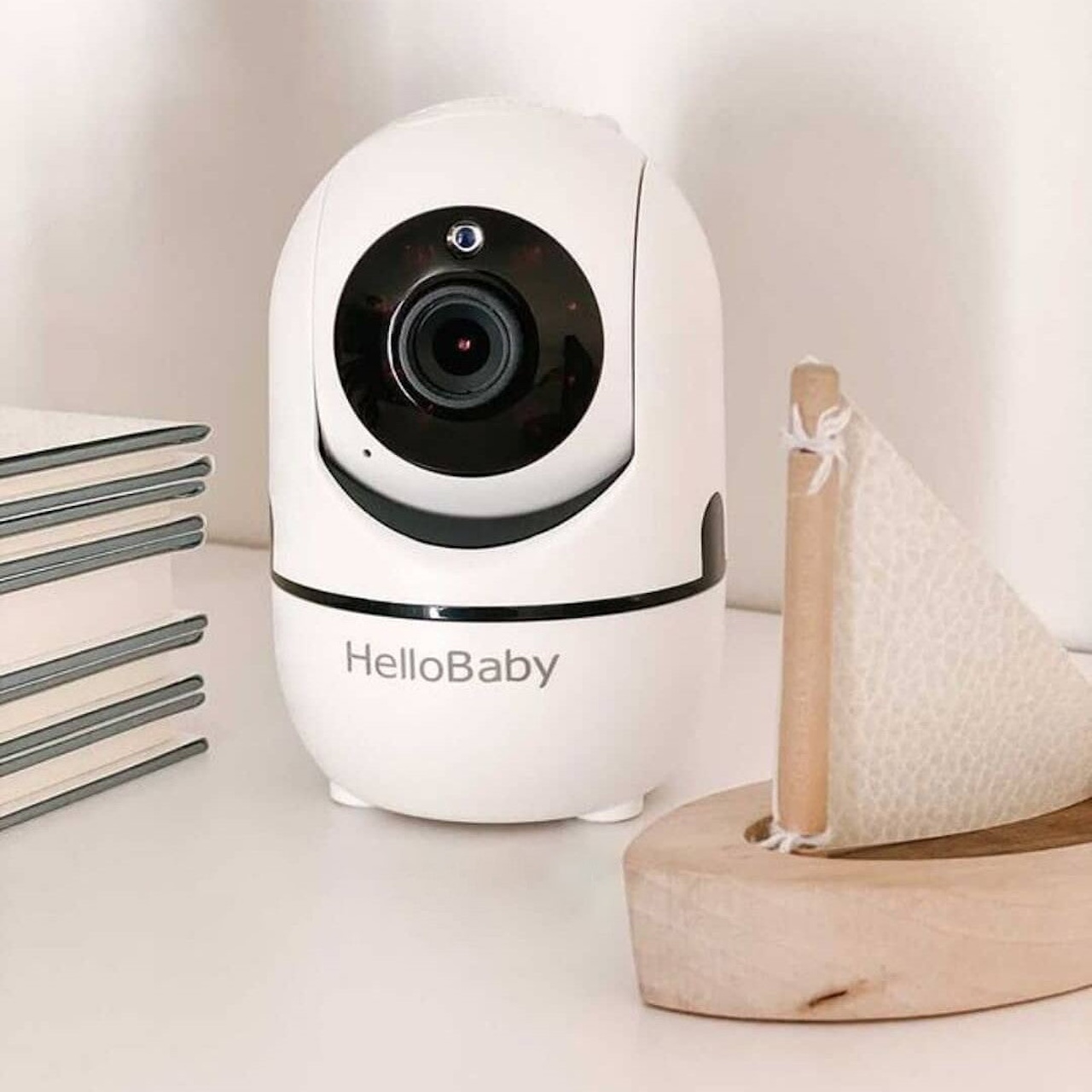
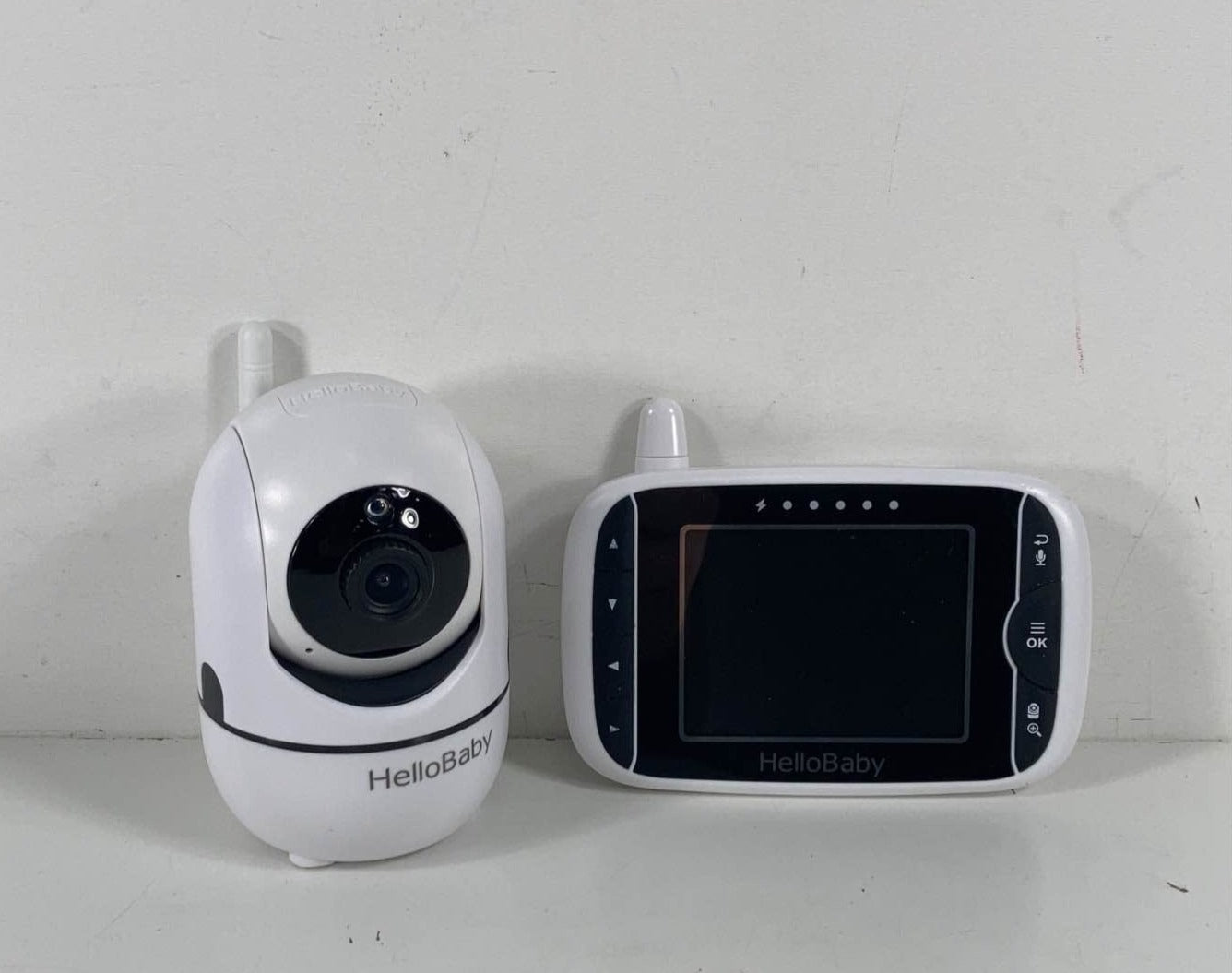

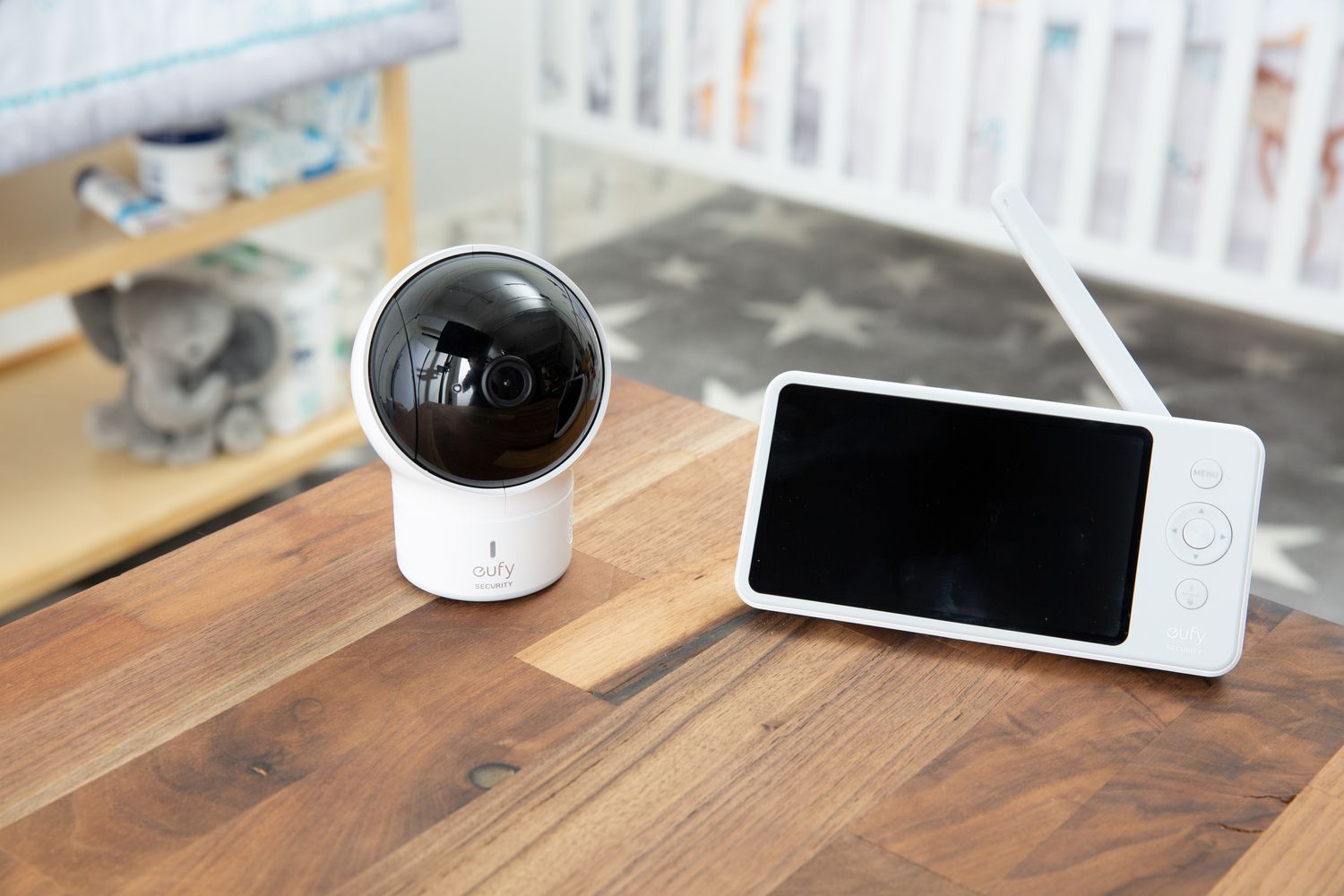

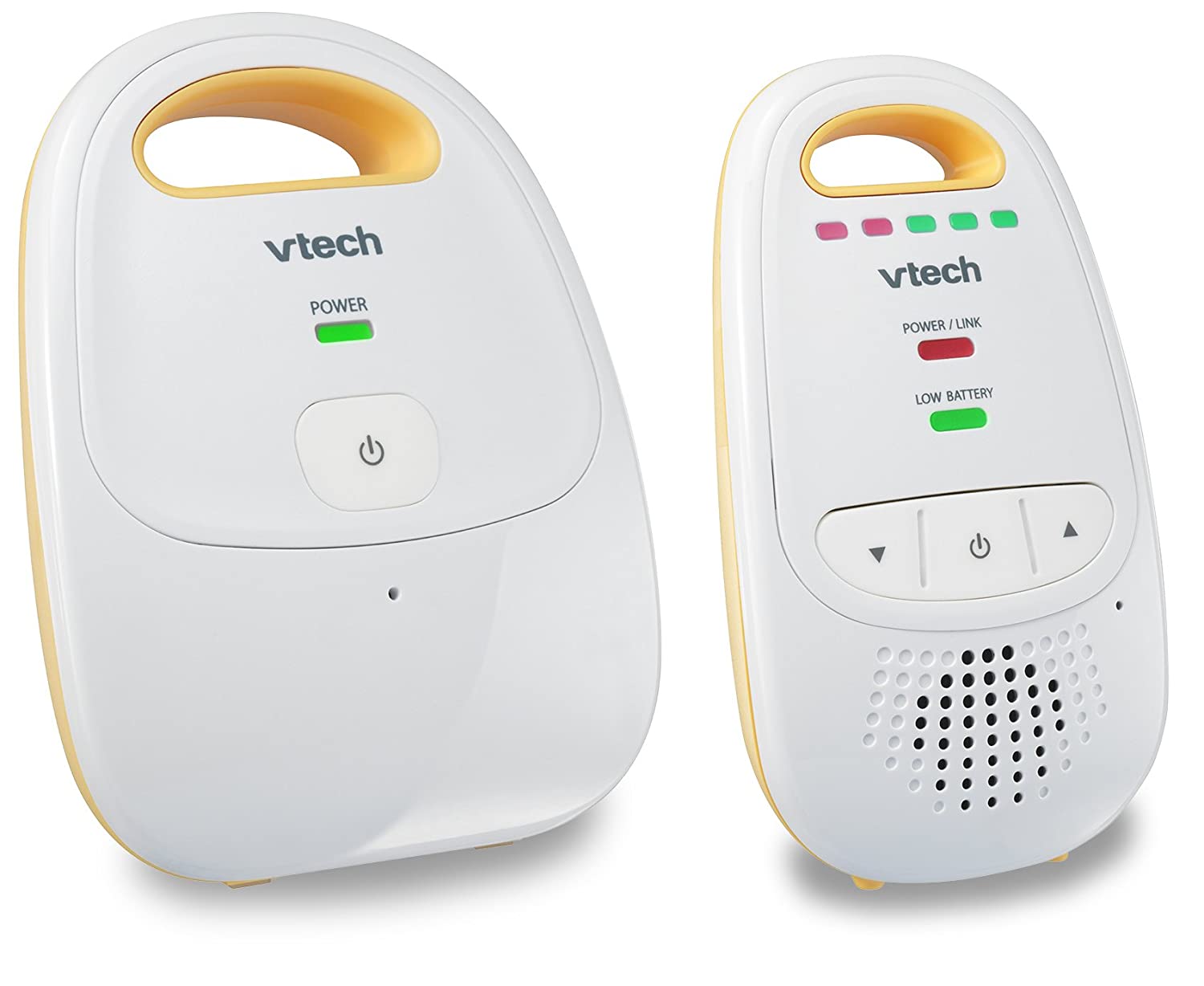
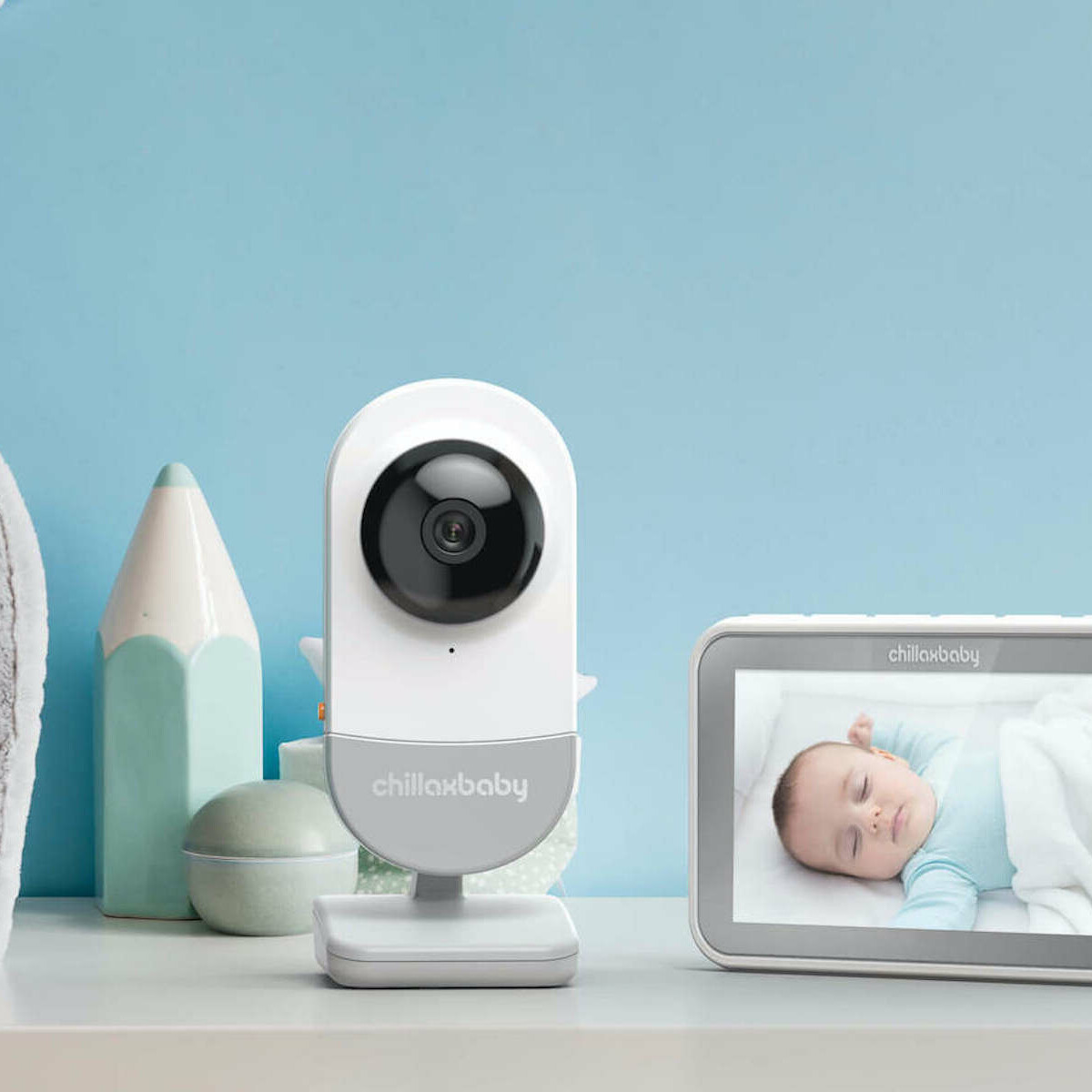


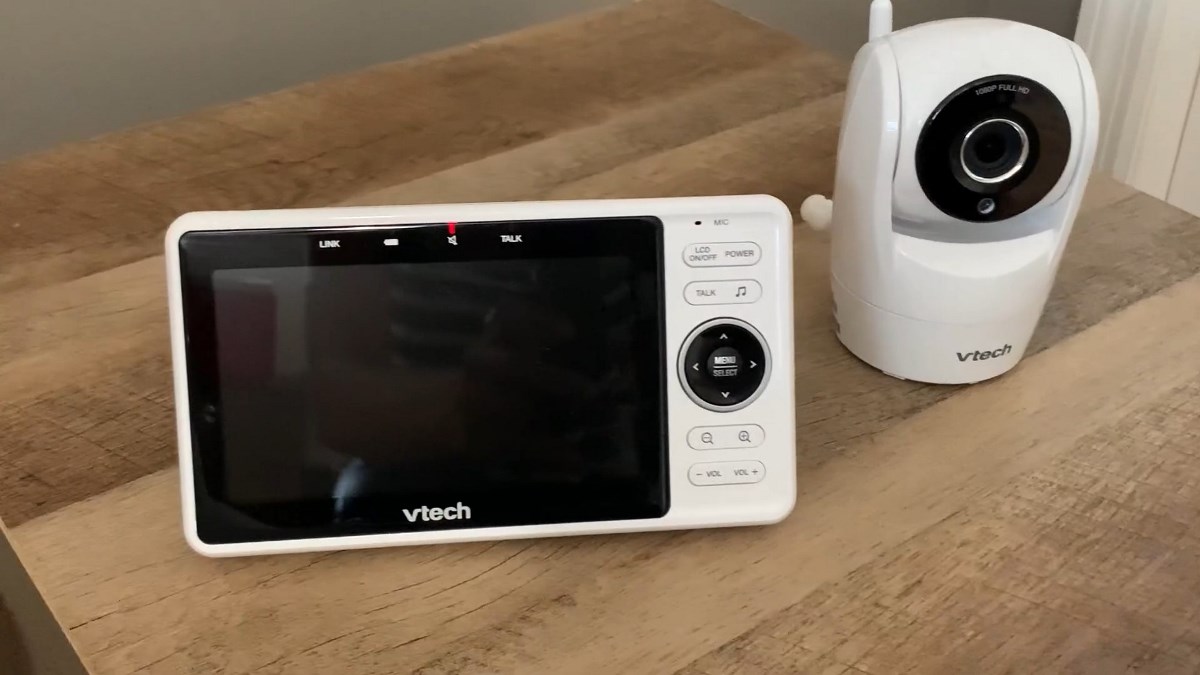
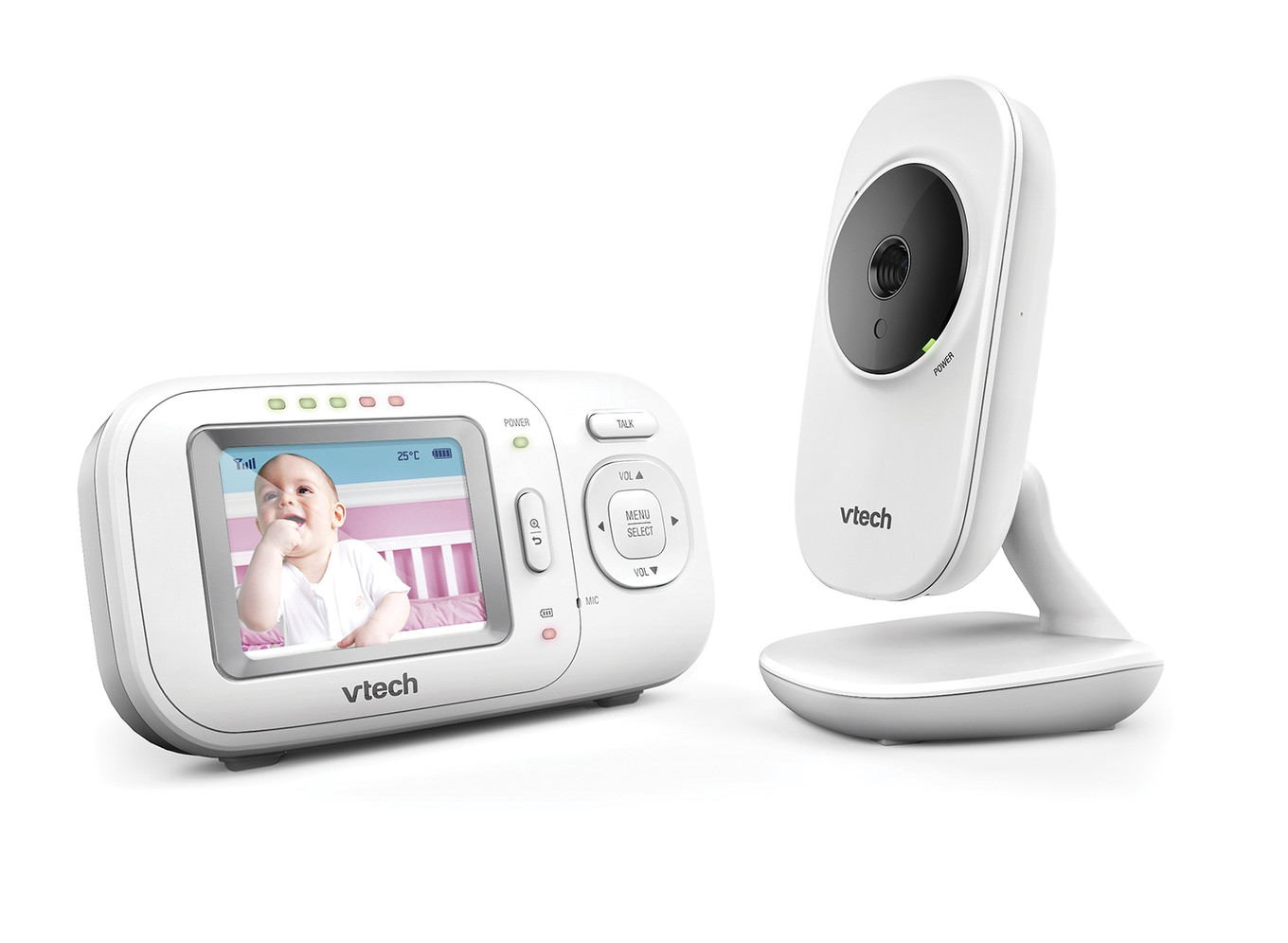


0 thoughts on “What Does Toco Mean On A Baby Monitor”